Visitors come to the Outer Banks each year for sun, sand, and gorgeous ocean views. Our barrier islands are also a history lover’s paradise where you will find some of America’s best-known national treasures. Your vacation rental condo is the perfect place for a tour through Outer Banks history that begins with the mysterious fate of early European settlers and ends with a little-known part of World War II. In between, you’ll learn about African American and American Indian life and culture and visit the spot where humans first took flight.
Fort Raleigh National Historic Site
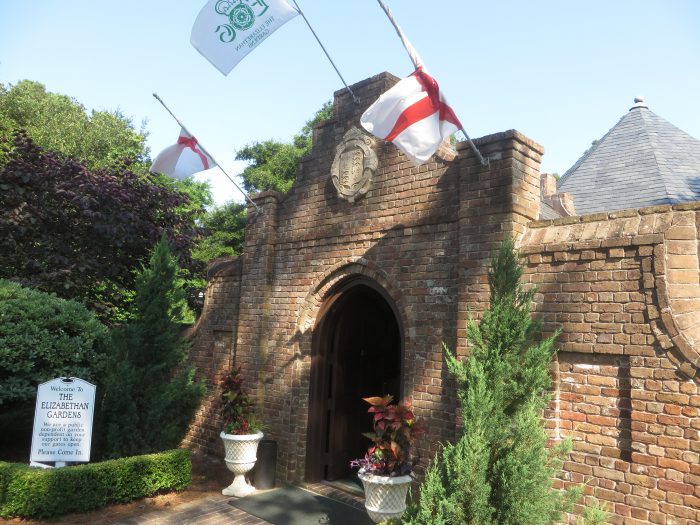
Thanks to film and popular TV shows, the fate of the lost colony of Roanoke is a hot pop-culture item. Learn about the real history of the first English settlement in America at this National Historic Site in Manteo. Start at the visitor’s center where you’ll watch a short film about the colony before touring the preserved earthworks and reconstructed fort.
If you’re visiting between May and August be sure to catch the historical drama The Lost Colony, which is performed six nights a week at the outdoor Waterside Theatre. Other attractions at Fort Raleigh include the elegant Elizabethan Gardens maintained by the Garden Club of North Carolina and The Freedmen’s Colony, which was home to emancipated slaves both during and after the Civil War.
Frisco Native American Museum and Natural History Center
Before Europeans reached the Outer Banks, the barrier islands were home to a rich American Indian culture. This museum located on Hatteras Island has hundreds of Native American artifacts, including a gallery dedicated to the local Algonquian Indians. The museum is also home to a beautiful nature trail that winds through forests, streams, and a pond.
Cape Hatteras Lighthouse
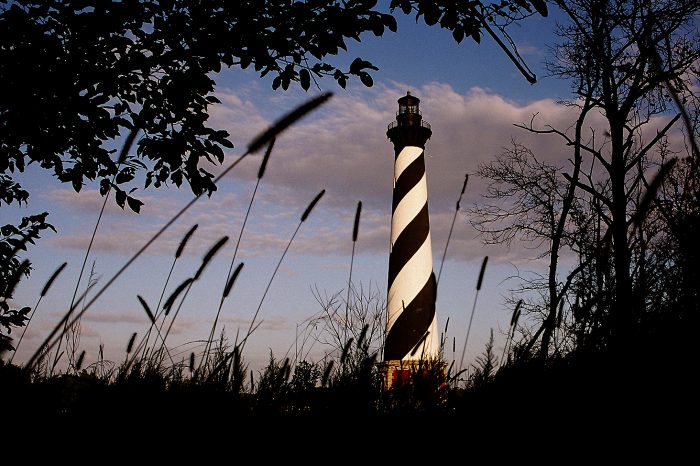
This landmark on Cape Hatteras National Seashore is an unofficial symbol of the Outer Banks, but it also has a rich history. Established in 1794 by the U.S. Government to protect ships that were navigating the dangerous Diamond Shoals, the original lighthouse was torn down in 1868 to make way for the current brick structure with distinctive black-and-white stripes. Visitors can climb to the top of the 90-foot lighthouse (it’s the tallest in the U.S.) from April through mid-October for a panoramic view of the Outer Banks and Atlantic Ocean. There’s also two keepers’ quarters, a fascinating lighthouse museum, and a popular gift shop. The national seashore is a must stop for lighthouse lovers, who can also tour the historic Bodie Island Lighthouse and Ocracoke Island Lighthouse.
The Island Farm
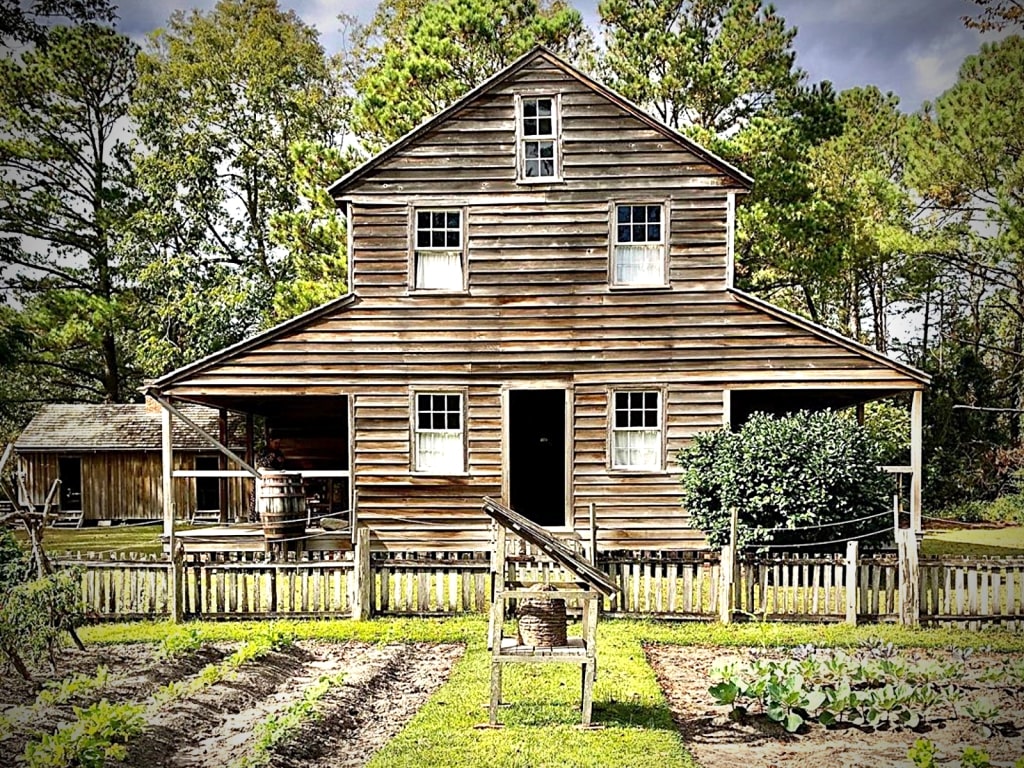
This living history site in Manteo is the perfect stop for Outer Banks visitors with families. The Island Farm recreates the Etheridge Homestead as it was in 1847. Visitors can tour the farmhouse and several outbuildings, including a smokehouse, blacksmith shop, and dairy barn.
Children will be delighted by the sheep, oxen, ponies, and other livestock that call the farm home. The informative visitor’s center has exhibits about daily life on the Outer Banks during the 19th century and the lives of both slaves and free African Americans in the region.
Chicamacomico Life-Saving Station
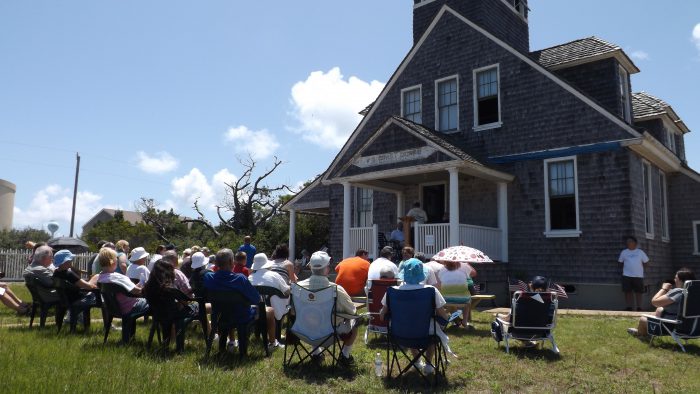
This living history site in Rodanthe preserves one of the many famous life-saving stations that operated along the Atlantic coast during the 19th century. The Chicamacomico station operated from 1874 to 1954 and the volunteer crew rescued hundreds of shipwrecked people, including 42 British sailors whose vessel was attacked by a German U boat during World War I.
Visitors can take a self-guided tour of the extensive grounds, view artifacts, uniforms, and equipment and try out their life-saving skills in hands-on displays. Be sure to call or visit the stations’s website for their list of special programs.
Wright Brothers National Memorial
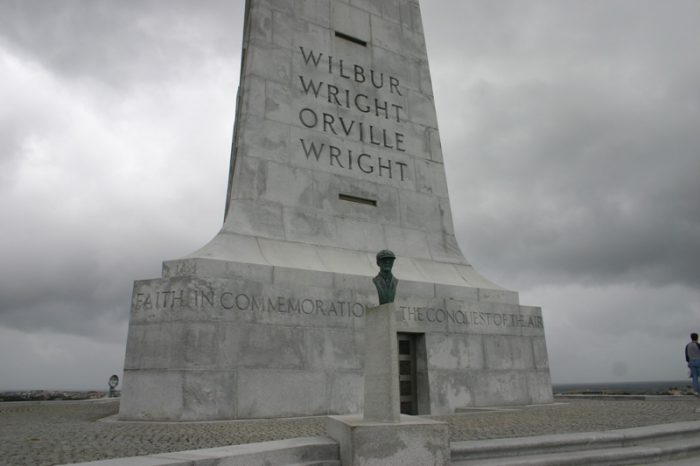
Orville and Wilbur Wright were natives of the Midwest, but the bicycle shop owners and amateur inventors headed to the windy dunes of Kitty Hawk and Kill Devil Hills to try out their experimental flying machine. There, on Dec. 17, 1903, Wilbur made the first successful human flight when he glided over the dunes for three history-changing seconds.
The National Park Service commemorates this milestone with markers at the locations where the first and second flights took place and an impressive granite monument at the top of Kill Devil Hill. There’s also an interactive visitor’s center, a reconstruction of the Wright’s camp and hangar, and a life-size bronze model of Wilbur in the 1903 Wright Flyer.
Whalehead
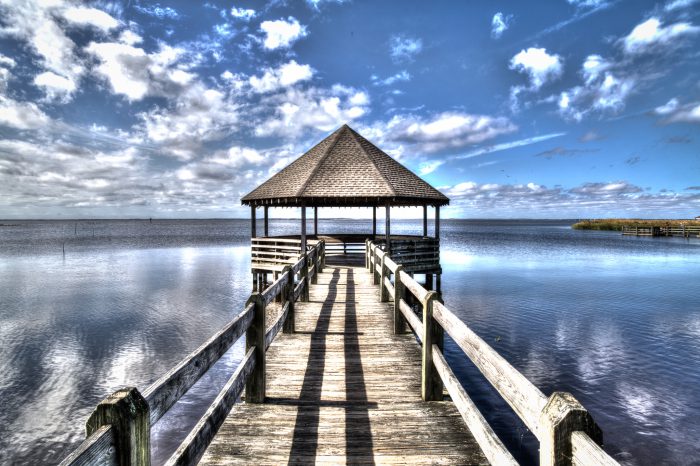
This historic mansion in the town of Corolla is one of the Outer Banks hidden gems. Built in 1925 by the wealthy Edward Collings Knight, Jr., and his wife, Marie Louise, as a retreat and hunting lodge, this immaculately restored home is on the National Register of Historic Places for its unique Art Deco design. Visitors can tour the 21,000 square-foot home, which has Tiffany lighting and a Steinway piano, and walk around the well-maintained grounds along the borders of the peaceful Currituck Sound.
Anyone interested in the paranormal will want to book a ghost tour to learn about the elevator that sometimes operates itself and the haunting wails of a long-departed girl.
British Cemetery
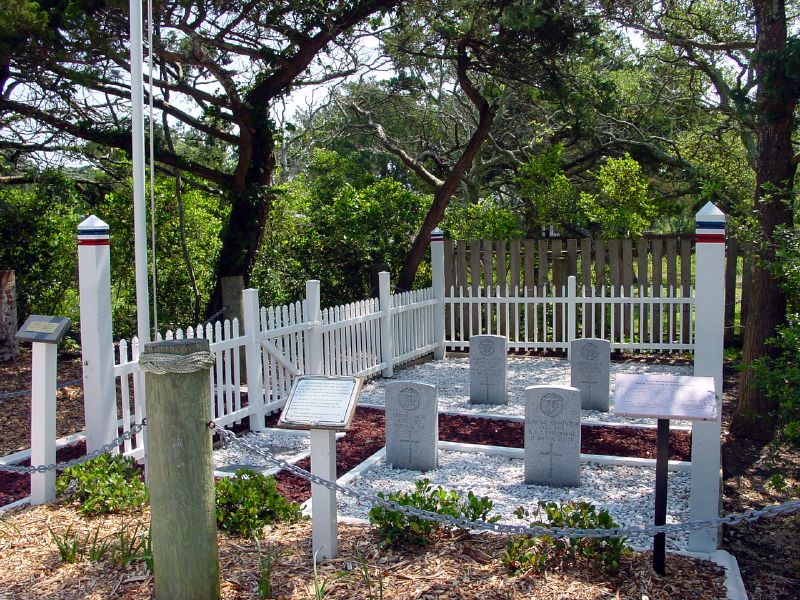
A little-known part of World War II history is that the waters off the Outer Banks were a battleground between German U boats and British and U.S. ships. On May, 11, 1942, a Nazi submarine sank an armed British trawler named the HMT Bedfordshire, and all 37 sailors died.
The bodies of four sailors were found by Ocracoke residents who reverently buried them in the local cemetery. The U.S. Coast Guard still maintains the grounds as a tribute to all of the brave men of the Bedfordshire who gave their lives in service of their country.